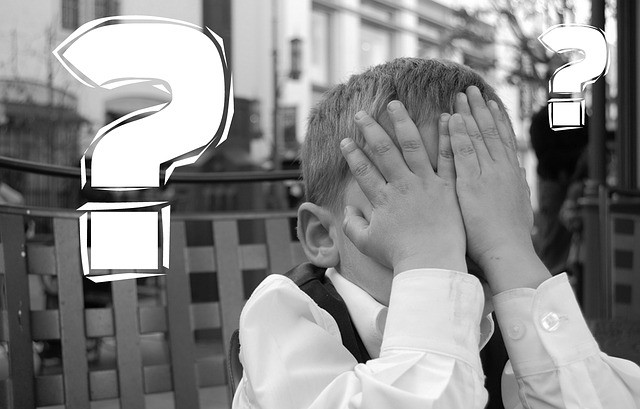9 Social Media Marketing Mistakes That Cut Your Brand’s Potential
Social media marketing is hot these days. It’s a necessity. If you’re not doing it, then what are you doing? Marketers and advertisers are on social media to manage pages, put their brand out there, and interact with their audience. For some people, it’s easy. For others, it’s challenging. Because it can a complicated deal, marketing on social media is, for many companies, not without mistakes.
1. Bad audience targeting tactic
You can either target too narrowly or too widely. Both are amateur mistakes. Social media marketers may fall for overly fine-tuning the social media tools they use to target followers, and that usually leads to campaigns reaching a smaller group of people than possible. In contrast, you may also loosen up the parameters and end up targeting even those who may not be interested in your brand. Geo-targeting and age-targeting are initial measures to narrow down your audience. However, you should look into interests and behavior as well.
2. Making every post an opportunity to sell
This is the worst, most off-putting activity you can do on any social media platform. Nothing is worse than shoving your products down your audiences’ throats. It’s an approach that will make you earn critics, not followers. Of course, you want to sell. Who doesn’t? But we keep telling you this: marketing is about making people buy your brand without blatantly selling. Instead, provide value to your audience.
3. Asking people to go to your website all the time
This is like the previous one. It seems counterintuitive to not take advantage of your social media page to send traffic to your website. We’re not saying you shouldn’t. What we’re saying is you be prudent. Not all of your followers are interested in checking out your website, and not all of them would find it pleasing to be asked to visit your website, especially if you have not yet established a solid rapport with them. Nonetheless, even big brands make this mistake.
4. No clear objective
Your objective dictates what you do on your social media channels. So you can imagine what happens when you don’t have a clear objective or goal. Your social media channels would look like a hub of random stuff. They won’t have any clear focus. And your followers would be wondering what you’re up to. From the moment you put up your Facebook, Instagram, or Twitter accounts for your business, you should draft your goals. The main question you should ask yourself is, what do you want? All your posts should be connected to that goal.
5. Zero calls to action
This doesn’t necessarily contradict points 2 and 3. The thing is, you have to strike balance between constantly asking people to do something and never asking them to do anything. You see, sometimes you need to ask them to subscribe, join an event, check out your promos, or try your products.
6. Writing long posts
There’s a reason Twitter allows only 140 characters. It’s essentially for mobile users. Twitter is more like the social media site for people on the go. You have to be creative in coming up with a post in only 140 characters. However, the same is true for Facebook or Instagram, despite having no limit in the number of characters you can use. That’s because people on social media are largely mobile users. But even desktop and laptop users don’t fancy lengthy posts. Use your social media accounts to write short blurbs. Put the link to a web or blog page where the whole post exists.
7. Baiting
Click-baiting looks like a clever way to generate inbound traffic, but it can also be one of the most annoying tactics. When intriguing titles don’t live up to expectations or when your content don’t deliver what the title promises, you’re wasting your audience’s time. That’s three or four minutes wasted scrolling through a page that doesn’t have any useful or relevant information. Never mislead your followers. It hurts your reputation.
8. Too much or too little text overlay
Images are powerful marketing and advertising tools. They can stop people scrolling down their feeds and prompt them to find out more information about what they saw. However, images can be misused. Two common mistakes are putting too much text or putting too little text in the image. Facebook, for instance, wants you to dedicate only a fifth of an image to text. That means if you have an image, you can divide it into five parts and use only one part for text. If you use a space larger than that, Facebook will not approve your image. If your text is too tiny, people would barely notice your message either.
9. No definite posting schedule
Different marketers have different opinions regarding when the best time is to post and how often they should post on different social sites. From our experience, the best time to post is in the afternoon, but that doesn’t mean you only to post every 3 p.m. Besides, the difference in the actual volume of engagement doesn’t really matter. You can actually experiment which hours stimulate the highest engagement in your posts. But what’s really important is that you post every day.





